Discover the Best Mixing Bowl Attachments
For those who enjoy the art of baking, having the right tools and equipment can make all the difference in the success of your creations. Mixing bowl attachments come in various shapes, sizes, and materials, each designed to fulfill specific tasks and provide optimal results. In this article, you’ll learn about the various types of mixing bowl attachments, their compatibility and materials, tips on choosing the right attachment for your needs, proper care and maintenance, and popular options available on the market. Becoming acquainted with these essential tools will not only improve your baking skills but also help you make informed decisions when purchasing attachments for your mixing bowl.
Types of Mixing Bowl Attachments
Paddle attachments, sometimes referred to as flat beaters, are one of the most commonly used mixing bowl attachments. They have a broad, flat surface area that makes them ideal for mixing a variety of ingredients in a mixing bowl. The paddle attachment is perfect for creaming butter and sugar together for cookies and cakes, as well as for combining batters for muffins, pancakes, and brownies. The flat beater ensures that the ingredients are mixed thoroughly and evenly, without overworking the mixture. In general, the paddle attachment is an all-purpose tool that is useful for most mixing and blending tasks.Dough hooks are another type of mixing bowl attachment that are specifically designed for kneading dough. These hooks have a curved and spiral shape, which allows them to effectively combine and work the dough to develop the gluten structure. Dough hooks are particularly helpful when working with dense, heavy dough like bread, pizza, or pasta dough. They enable the dough to be kneaded evenly and efficiently, saving time and energy compared to kneading by hand. Dough hooks work by pulling the dough away from the sides of the bowl, folding it onto itself, and then pressing it back down, mimicking the process of kneading by hand.Balloon whisks are a type of mixing bowl attachment that is designed to incorporate air into a mixture, creating volume and a light texture. The whisk has thin, flexible wires that form a rounded shape at the end, resembling a balloon. This design allows the whisk to create a multitude of tiny air bubbles as it moves through the mixture. Balloon whisks are ideally used for whipping cream, beating egg whites for meringues, and mixing light batters, such as angel food cake or sponge cake. By incorporating air into the mixture, the balloon whisk helps to create a light, airy texture in the final product.In addition to these three main types of mixing bowl attachments, there are also several specialized attachments available for specific tasks. For example, some mixing bowls may include a scraper attachment, which has a flexible edge that helps scrape the sides of the bowl as the mixer is running. This ensures that all ingredients are incorporated into the mixture and helps prevent waste. There are also attachments for grinding meat, making pasta, and even juicing fruits and vegetables. These additional attachments can be a great addition to a mixing bowl, providing functionality for a wide range of cooking and baking tasks.Understanding the functionality and ideal purpose of each mixing bowl attachment is crucial for anyone who wishes to achieve the best results when using a mixer in their cooking endeavors. By selecting the appropriate tool for a specific task, it can save time, effort, and provide excellent outcomes in the finished product. It is important to grasp the distinctions between paddle attachments, dough hooks, balloon whisks, and specialized attachments such as scraper beaters or meat grinders, to ensure optimal performance and consistent results in various recipes and culinary techniques.
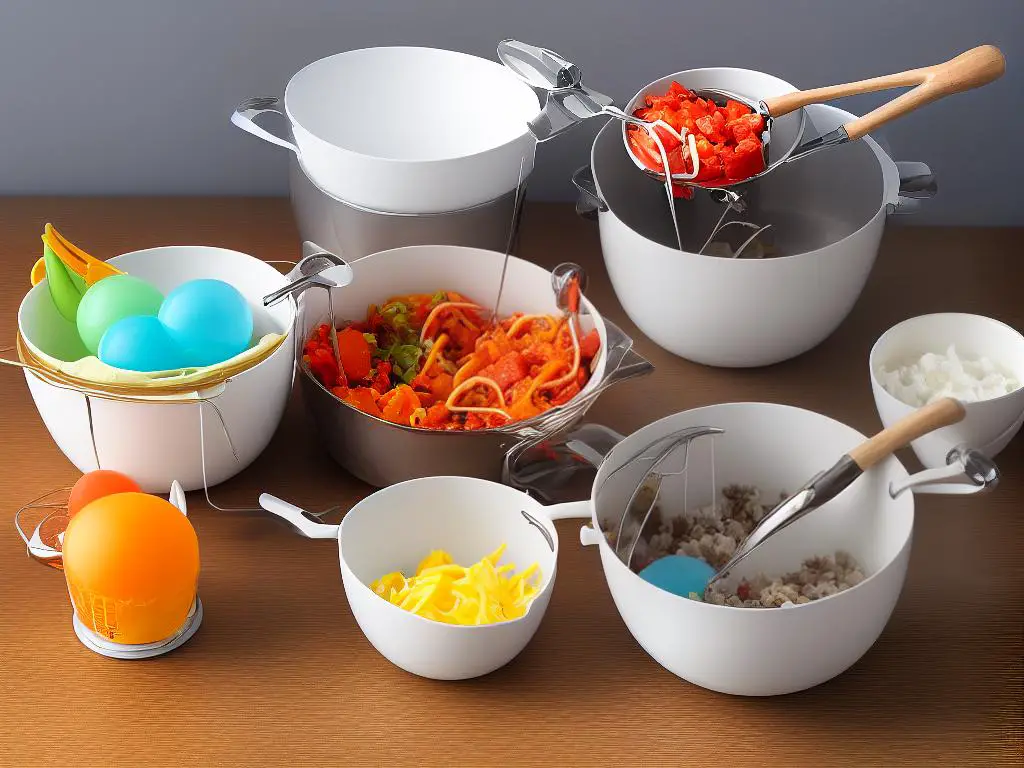
Attachment Compatibility and Materials
When choosing mixing bowl attachments, a key aspect to consider is compatibility with your specific mixer. There are numerous mixing bowl brands and models available, such as KitchenAid, Cuisinart, and Hamilton Beach, which often have custom attachments designed exclusively for their mixers. This ensures a smooth and efficient mixing process, improving both the quality and consistency of your culinary creations. To avoid any potential damage to your mixer or any adverse impact on your dishes, it is essential to check the manufacturer’s guidelines for compatible attachments before using them with your mixer.
Apart from the compatibility aspect, the materials used in making the attachments also play a crucial role in their performance and durability. Stainless steel attachments are incredibly popular due to their durability, resistance to rust, and ease of cleaning. These attachments are well-suited for heavy-duty tasks such as kneading dough or mixing thick batters. Stainless steel is non-reactive, which means that it will not impart any flavors or discoloration to the food being mixed, making it ideal for various types of ingredients.
Another widely used material for mixing bowl attachments is plastic. Plastic attachments are typically less expensive than stainless steel, making them an attractive option for budget-conscious consumers. They are lightweight and often have a non-stick surface, which can be helpful when mixing sticky or thick ingredients. However, it is essential to note that plastic attachments may not be as durable as stainless steel ones and might be prone to wear, discoloration, and warping over time. To prolong the lifespan of plastic attachments, it is essential to follow the manufacturer’s guidelines regarding cleaning and maintenance.
Silicone attachments have recently gained popularity as an alternative to traditional materials. Silicone is known for its heat resistance, non-stick properties, and flexibility, making it a valuable material for mixing bowl attachments. These attributes can aid in mixing delicate ingredients without causing them to stick, break, or become overworked. Many silicone attachments are also dishwasher safe and do not scratch mixing bowls, making them an excellent choice for users who want functionality and convenience.
As technology advances, innovative designs and materials for mixing bowl attachments continue to emerge. Some include a combination of materials, such as stainless steel coated with silicone to enhance performance and protect the mixing bowl from scratches. It is crucial for the general public to understand the specific needs and preferences of their cooking and baking projects in order to make an informed decision when investing in mixing bowl attachments. By considering factors such as attachment compatibility, materials, budget, and maintenance requirements, you can select the optimal attachments for your mixer, enhancing the efficiency and enjoyment of your culinary endeavors.
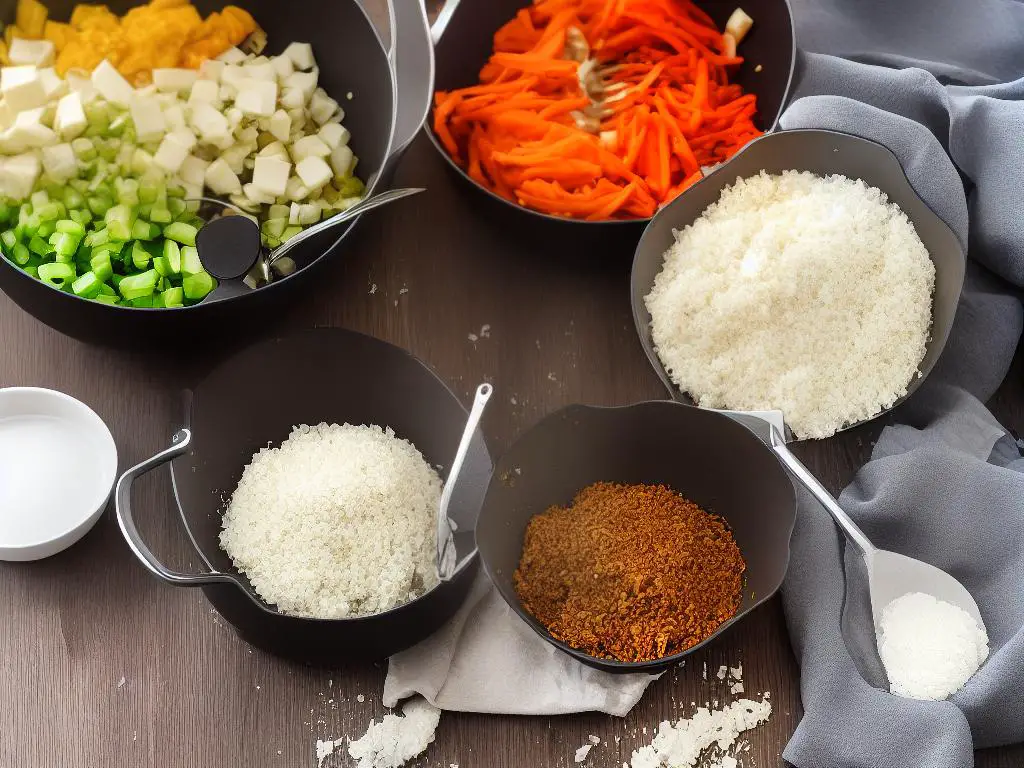
How to Choose the Right Attachment for Your Needs
One of the key aspects of selecting the right mixing bowl attachment is considering the types of ingredients you will be mixing. Different attachments are designed for effectively mixing various ingredients, so having a clear understanding of the recipes you plan to create will help guide your decision. For instance, if you frequently make bread, a dough hook attachment may be the best choice for kneading dough. On the other hand, if you enjoy making delicate pastries, a whisk attachment is often needed to incorporate air and achieve a light, fluffy texture. By understanding the purpose of each attachment, you can make the right choice for your needs, ensuring the best possible results in your home cooking and baking projects.
The volume of batter or dough you plan to handle is another essential factor to consider when choosing the right attachment. Larger, denser mixtures might require a heavy-duty attachment, such as a flat beater or paddle, to ensure consistent results. Smaller quantities could be efficiently mixed with a whisk or a smaller dough hook. It’s crucial to avoid using an attachment that is too small for the job, as this can result in uneven mixing and unsatisfactory results.
The desired end result of your baking process will also affect your choice of mixing bowl attachment. For example, if you aim for a smooth batter with minimal air incorporation, a paddle or flat beater attachment may be ideal. For whipping cream or egg whites, incorporating air is crucial to achieving the desired consistency, and a whisk attachment would be the most suitable option.
In addition to these main factors, it’s essential to consider the speed settings and capabilities of your mixer when selecting an attachment. Some attachments are designed to perform effectively at higher speeds, while others may be better suited for lower speed settings. It’s important to understand the specific recommendations for each attachment to ensure you achieve the desired consistency and texture in your baking creations.
When looking to expand your baking skills and culinary creativity, it’s essential to explore the variety of mixing bowl attachments available. However, compatibility with your specific mixing bowl and stand mixer should be considered, as many attachments are designed for particular mixer models or brands. Ensuring your chosen attachment is compatible with your equipment will enable you to find the perfect addition to your baking arsenal.
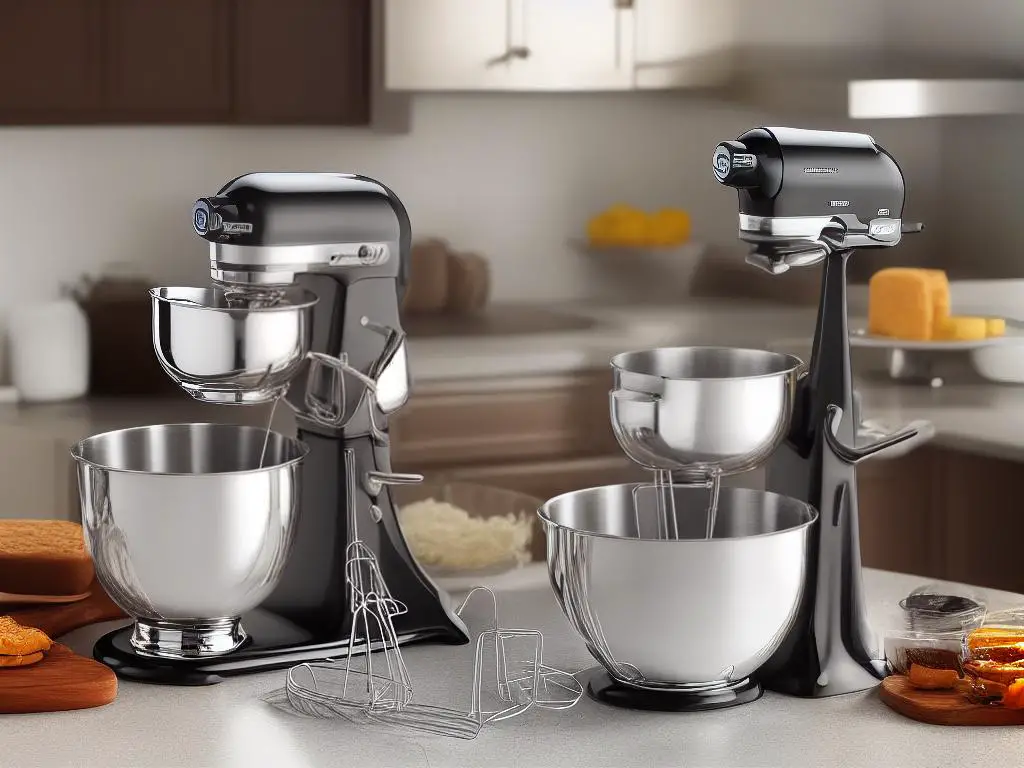
Attachment Care and Maintenance
Moreover, proper cleaning and maintenance of your mixing bowl attachments are crucial for preserving their functionality and prolonging their lifespan. After each use, be sure to clean the attachments thoroughly, removing any food residue or potential bacteria. A gentle hand-washing in warm, soapy water with a soft sponge or cloth is recommended, paying particular attention to crevices and corners to dislodge any food particles. Always consult the manufacturer’s recommendations to determine if your attachments are dishwasher safe, ensuring proper care and preservation of your equipment.
Drying your mixing bowl attachments is equally important. Leftover moisture can lead to rust formation or bacterial growth, which may compromise the performance and health safety of the attachments. Use a clean, dry towel to wipe down each attachment after washing, ensuring that all moisture has been removed. As an extra measure, you can leave the attachments out to air dry for a short period.
Storing your mixing bowl attachments in a clean and organized manner is crucial for their longevity and safety. Keep them in a designated storage area, such as a drawer or container, separate from other kitchen utensils. This will prevent possible damage from other items and ensure that the attachments remain clean and sanitary. Consider using a storage container with dividers or designated slots for each specific attachment to keep everything organized and easily accessible.
In addition to cleaning and storage, periodic inspection of your mixing bowl attachments is advised. This allows for the early identification of any potential issues, such as rust, damage, or wear and tear. Promptly address any concerns to ensure the continued safe and efficient use of your attachments. Consult the manufacturer’s guidelines for any specific inspection or maintenance procedures for your particular model.
When using mixing bowl attachments, it’s crucial to follow the manufacturer’s instructions to ensure optimal performance and longevity of your attachments. By adhering to the recommended speed settings and avoiding overloading your mixer, you can prevent damage and keep your attachments in excellent working condition.
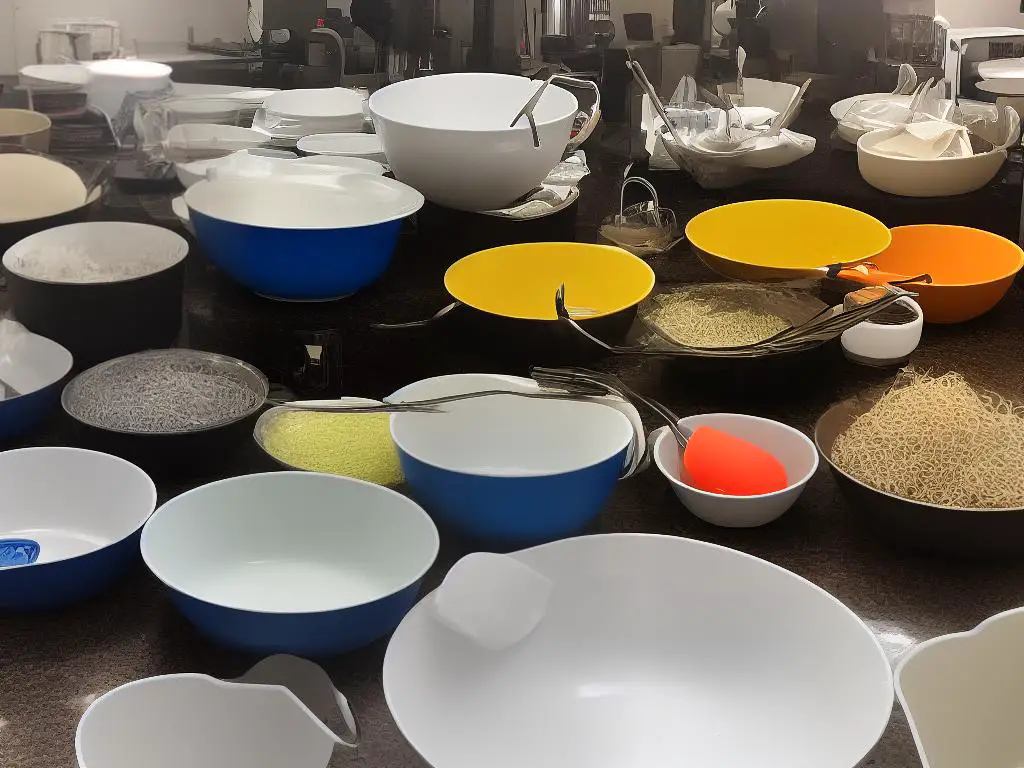
Popular Mixing Bowl Attachments on the Market
A popular and versatile mixing bowl attachment that many home bakers rely on is the paddle attachment. This attachment is designed for evenly and consistently mixing cake batter, cookie dough, and other dense mixtures. The paddle attachment is a must-have for those who frequently bake from scratch, as it ensures thorough and smooth blending of ingredients. Its efficient mixing capabilities and ability to reach the sides and bottom of the bowl make it a favorite among users. Typically, paddle attachments come standard with stand mixers, but they can also be purchased separately for use with hand mixers.
Another widely used mixing bowl attachment is the whisk attachment, often referred to as the balloon whisk. This attachment is ideal for whipping cream, making meringue, and other tasks that require incorporating air into a mixture for a light, airy result. The balloon whisk helps to increase the volume of mixtures quickly and efficiently, cutting down on manual whisking time and effort. Users appreciate the whisk attachment for its ability to create fluffy, stable whipped cream and stiff, glossy peaks in egg whites, making it an essential tool for various baking projects.
For those who enjoy working with dough, the dough-hook attachment can be a lifesaver. It streamlines the process of kneading dough for bread, pizza, and other yeast-based goods by doing the work for you. Dough hooks come in various shapes, such as corkscrew-shaped or spiral, and many are coated in non-stick material for easy removal of dough after kneading. Users love dough-hook attachments for their ability to mimic the process of hand-kneading dough without the labor-intensive effort, ensuring a smooth and elastic dough every time.
A lesser-known but incredibly useful mixing bowl attachment is the scraper or flex-edge beater, designed to scrape down the sides of the bowl while mixing. This means you won’t have to stop your mixer and use a spatula to perform this task yourself, which can be especially helpful during lengthy mixing processes. Many users find this attachment to be a game-changer for creaming butter and sugar or incorporating sticky ingredients, as it prevents build-up on the sides of the bowl for more efficient mixing.
Finally, it’s worth mentioning the various pasta-making attachments available to anyone wanting to take their homemade pasta game to the next level. These attachments typically include roller and cutter attachments for making a wide range of pasta types, from spaghetti and fettuccine to ravioli and lasagna sheets. Users report that these attachments produce restaurant-quality pasta and enjoy the ability to customize the thickness and shape of their noodles. With so many different mixing bowl attachments available, the possibilities for adventurous home chefs are truly endless.
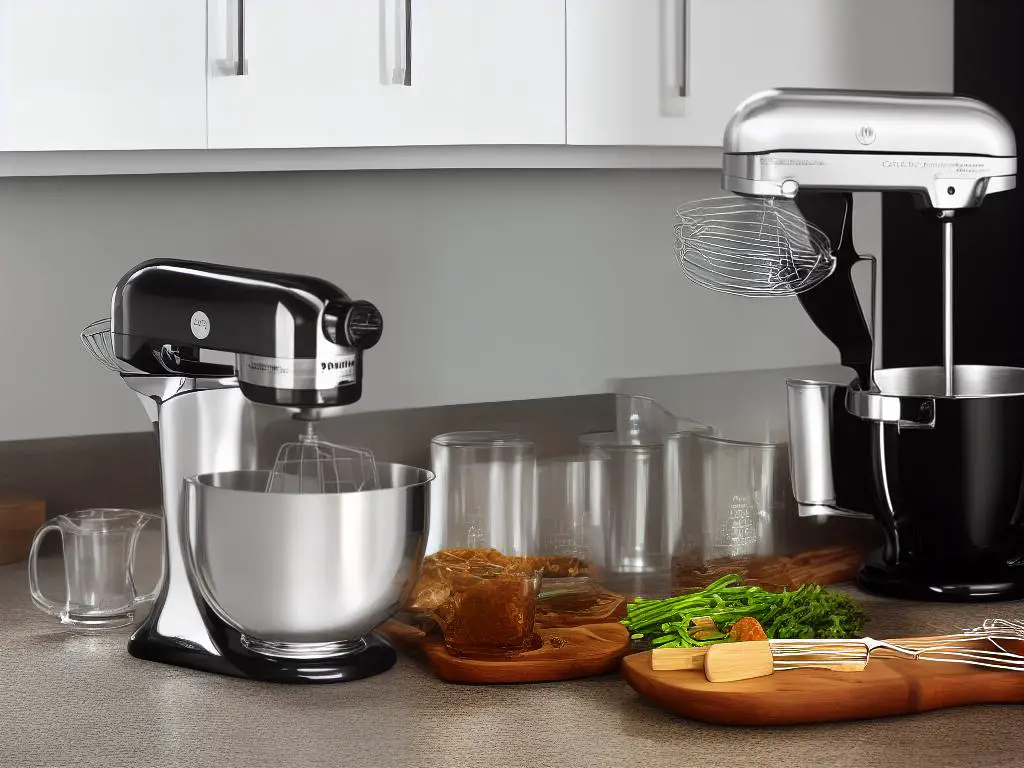
After learning about the different types of mixing bowl attachments and their functions, as well as considerations for compatibility, materials, and care, you are now well-equipped to make informed decisions when purchasing and using these versatile tools. From preparing dough to whipping up fluffy meringues, selecting the right attachment can greatly improve the end result of your baked goods. Additionally, taking proper care of these attachments will ensure their longevity and effectiveness. By incorporating these knowledgeable tips in your baking routine, you’ll notice an enhancement in both the process and the outcome of your delightful creations. Happy baking!

